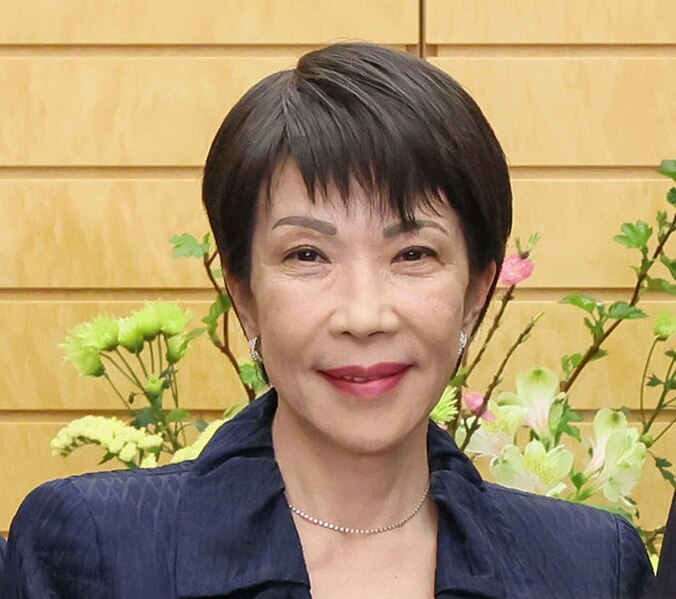
Sanae Takaichi has just shattered one of Japan’s biggest political glass ceilings. On Saturday, the 64-year-old lawmaker won the leadership of the ruling Liberal Democratic Party (LDP), putting
her on track to become Japan’s first-ever female prime minister.
Takaichi’s victory over a field of mostly male rivals marks a historic shift in Japanese politics — and fulfills her long-held dream of following in the footsteps of her political idol, former British Prime Minister Margaret Thatcher.
But while supporters hail her as a strong, decisive leader, markets and neighboring countries are watching closely. Analysts say her fiscal policies could unsettle investors in one of the world’s most indebted economies, and her tough nationalist stance may strain ties with China.
From “Iron Lady” fan to Japan’s top job
Takaichi, a former economic security and interior minister, has never hidden her admiration for Thatcher — even meeting her briefly before the British leader’s death in 2013. She often praises Thatcher’s “strength of conviction and womanly warmth,” qualities she hopes to emulate in her own leadership.
After losing a leadership runoff to outgoing Prime Minister Shigeru Ishiba last year, Takaichi came back stronger to claim victory this time. The LDP still needs parliamentary approval to confirm her as prime minister, and that could be tricky — the ruling coalition has lost its majority in both houses after a series of election setbacks under Ishiba.
“Rather than feeling happy, I feel the real work starts now,” Takaichi told LDP lawmakers after her win.
One of her first tasks as leader will be hosting former U.S. President Donald Trump, who is expected to visit Japan later this month. Takaichi has already hinted she may revisit a U.S. trade deal that eased Trump-era tariffs on Japanese exports.
A noisy nationalist with a rocker edge
Takaichi isn’t your typical buttoned-down politician. A self-professed heavy metal fan and drummer, she’s known for making noise — both literally and politically.
A regular visitor to Tokyo’s controversial Yasukuni Shrine, which honors Japan’s war dead (including some convicted war criminals), Takaichi often sparks diplomatic protests from China and South Korea. She also supports revising Japan’s pacifist postwar constitution to give clearer recognition to its growing military role. Earlier this year, she even floated the idea of a “quasi-security alliance” with Taiwan — the self-ruled island that Beijing claims as its own.
Economic hawk, social conservative
Economically, Takaichi is a disciple of the late former Prime Minister Shinzo Abe and a firm believer in his “Abenomics” approach — pushing for stimulus spending, tax cuts, and low interest rates to keep Japan’s fragile recovery going. She has criticized the Bank of Japan’s recent decision to raise rates, warning it could hurt consumers already struggling with higher living costs.
Socially, however, her conservative values divide voters. While she’s promised to appoint more women to cabinet roles — an area where Japan lags far behind its G7 peers — polls suggest her base of support is stronger among men. She opposes same-sex marriage and allowing married couples to use different surnames, positions at odds with growing public support for both issues.
From Nara to Nagatacho
Born in Nara, western Japan, Takaichi grew up in a working-class family — her mother was a police officer, and her father worked in the auto industry. She studied business management at Kobe University before spending time in Washington, D.C., as a congressional fellow.
Her political career began in 1993, when she won a lower house seat as an independent. Three years later, she joined the LDP, starting a steady rise through the ranks that has now taken her to the very top.
In a recent speech, she made headlines for another reason — complaining about tourists kicking Nara’s sacred deer. She promised a crackdown on disrespectful behavior, tapping into growing frustration among locals about surging numbers of tourists and migrants.
As Japan braces for its first female leader, many see Takaichi’s ascent as both a symbolic breakthrough and a political gamble. Whether she becomes Japan’s own “Iron Lady” — or faces the same kind of fierce opposition Thatcher once did — remains to be seen. Photo by 首相官邸, Wikimedia commons.








































